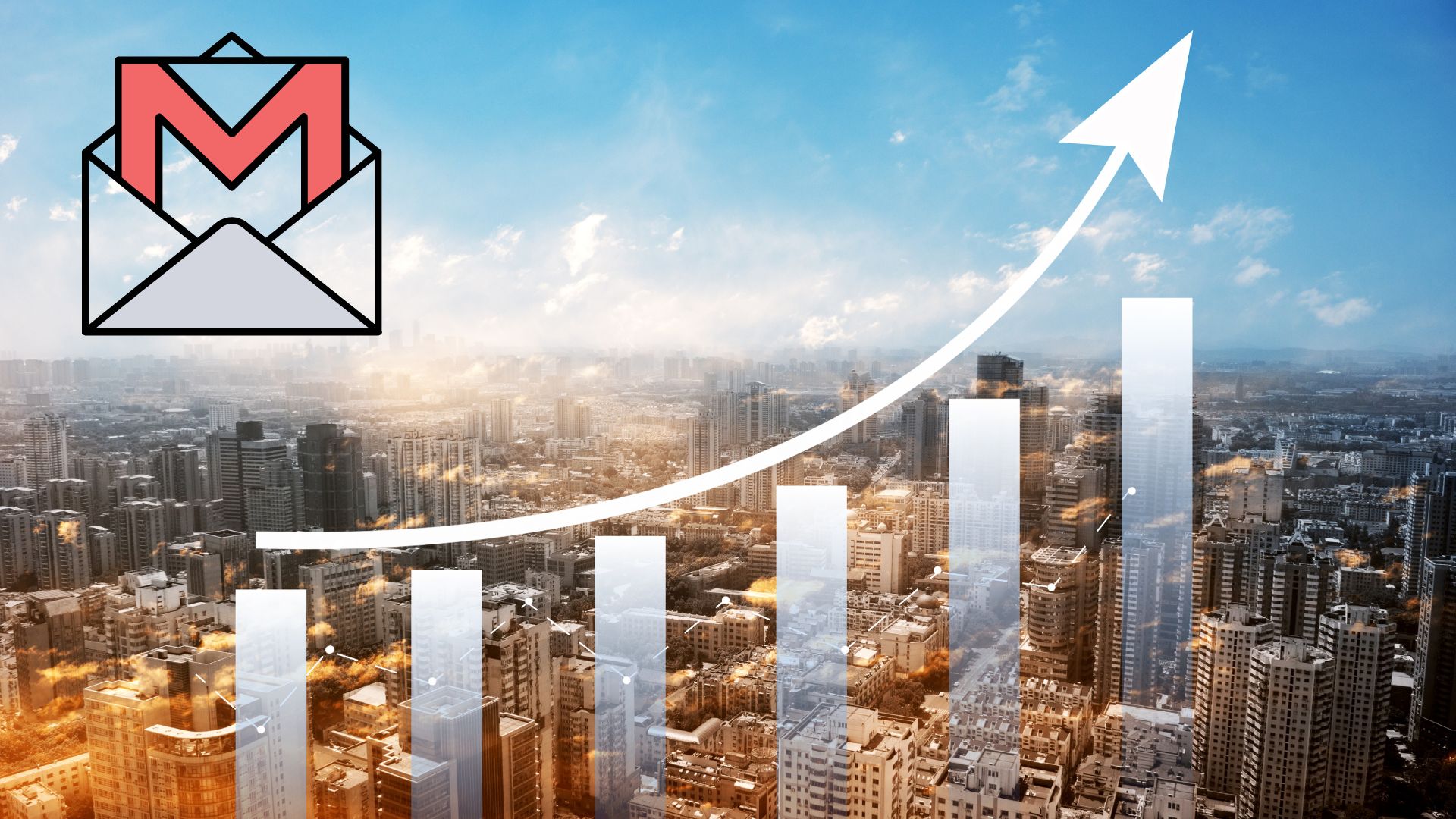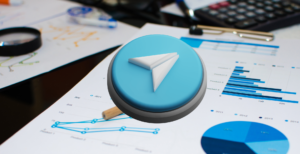
Expanding your business through Gmail can be a highly effective strategy, given the platform’s extensive features and reach. Here’s how you can leverage Gmail to boost your business.
1. Professional Email Setup: Create a custom domain email address through Gmail. For example, use yourname@yourcompany.com instead of a generic yourname@gmail.com. This not only enhances your brand’s credibility but also makes your communications appear more professional.
2. Organize with Labels and Filters: Use Gmail’s labeling system to categorize emails by project, client, or priority. Filters can automatically sort incoming messages, ensuring you stay organized and respond promptly to important emails. This helps in managing large volumes of communication efficiently.
3. Utilize Google Workspace Tools: Integrate Gmail with other Google Workspace (formerly G Suite) tools such as Google Drive, Calendar, and Meet. This allows seamless collaboration and scheduling, enhancing productivity. For instance, you can share files directly from Drive and schedule meetings via Calendar without leaving your inbox.
4. Set Up Email Templates: Save time by creating and using email templates for common responses. Gmail’s “Canned Responses” feature lets you draft and save frequently used replies. This ensures consistency in communication and speeds up response times.
5. Monitor and Analyze with Google Analytics: Although Gmail itself doesn’t offer analytics, you can track email performance by integrating it with Google Analytics or other third-party tools. This helps in understanding email engagement and optimizing your email marketing strategies.
6. Automate with Gmail Add-ons: Explore Gmail add-ons to enhance functionality. Tools like Boomerang for scheduling emails, Yesware for tracking, and Streak for CRM integration can help streamline your workflow and improve efficiency.
7. Conduct Effective Campaigns: Use Gmail for targeted email campaigns. Build segmented mailing lists based on customer data and send personalized emails. Ensure your content is relevant and engaging to maximize open rates and conversions.
8. Foster Customer Engagement: Engage with customers through regular newsletters, updates, and personalized responses. Gmail’s organizational tools can help you manage these interactions effectively, building stronger relationships with your audience.
9. Secure Your Communications: Protect your business by enabling two-factor authentication (2FA) and using strong, unique passwords. This adds an extra layer of security to your email communications and reduces the risk of unauthorized access.
10. Stay Updated with Trends: Keep abreast of Gmail’s new features and updates. Google frequently rolls out improvements and tools that can benefit your business. Staying informed ensures you leverage the latest capabilities for optimal performance.
By utilizing these strategies, Gmail can become a powerful tool for growing your business, helping you stay organized, improve communication, and enhance productivity.

you can convert a personal Gmail account to a business account by transitioning to Google Workspace (formerly G Suite). Here’s how you can do it:
- Sign Up for Google Workspace: Visit the Google Workspace website and choose a plan that fits your needs. You’ll need to provide details like your business name and the number of users.
- Set Up Your Domain: You will need a custom domain name (e.g., yourcompany.com). If you don’t have one, you can purchase it through Google or another domain registrar. Google Workspace will guide you through the process of connecting your domain.
- Migrate Your Data: To transfer emails, contacts, and calendar events from your personal Gmail to your new business account, you can use the built-in migration tools in Google Workspace. This process involves setting up email routing and possibly using third-party tools or services for larger migrations.
- Update Your Settings: Configure your new Google Workspace account with the necessary settings for email, security, and collaboration tools.
- Inform Your Contacts: Once the migration is complete, notify your contacts about your new email address and any changes in communication.
- Deactivate Personal Gmail (Optional): If you no longer need the personal Gmail account, you can choose to deactivate it, but ensure all necessary data is transferred and backed up first.
This process allows you to retain your existing email address and data while gaining access to the additional features and administrative controls offered by Google Workspace.




